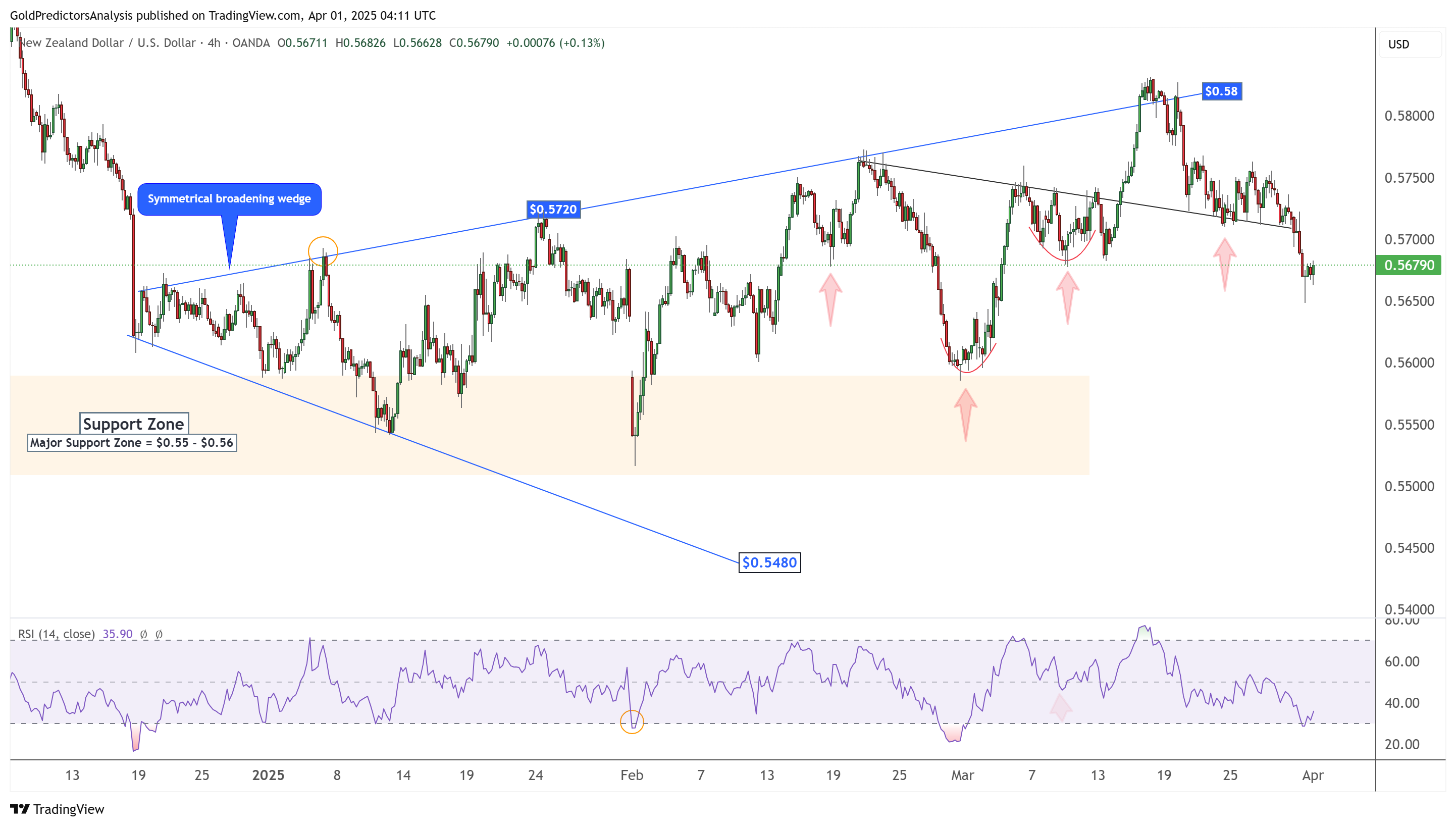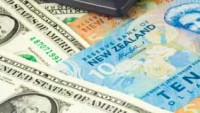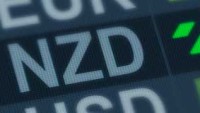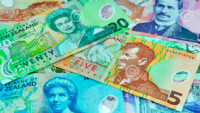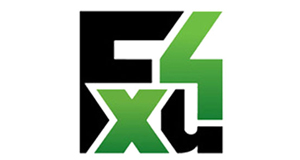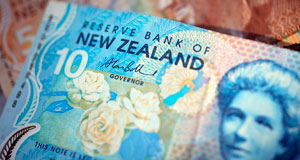 As expected, the Reserve Bank of Australia (RBA) kept its cash rate steady at 4.1%. The central bank maintained a cautious tone and focused on returning inflation to target. It welcomed the decline in core inflation and confirmed that monetary policy remains restrictive. The RBA also left the door open for a possible rate cut in May. This cautious stance has weighed on the Australian Dollar, limiting its upside against major currencies.
As expected, the Reserve Bank of Australia (RBA) kept its cash rate steady at 4.1%. The central bank maintained a cautious tone and focused on returning inflation to target. It welcomed the decline in core inflation and confirmed that monetary policy remains restrictive. The RBA also left the door open for a possible rate cut in May. This cautious stance has weighed on the Australian Dollar, limiting its upside against major currencies.
The chart below shows that Australia’s annual inflation rate eased to 2.4% in Q4 2024, down from 2.8% in the previous quarter and slightly below the expected 2.5%. This softer-than-expected reading signals a continued slowdown in price pressures. It strengthens the case for the Reserve Bank of Australia to consider rate cuts soon. As rate cut expectations grow, the Australian Dollar may face renewed selling pressure, increasing the downside risk for AUD/USD.
On the other hand, the Japanese Yen gained support from stronger inflation expectations in Japan. The BoJ’s Tankan survey showed businesses raised their forecasts for inflation across all time frames. This increases the likelihood of more rate hikes by the BoJ. As a result, the stronger Yen and rising BoJ rate expectations may add further downward pressure on AUD/USD by weakening overall demand for risk-sensitive currencies like the Australian Dollar.
NZD/USD Technical Analysis – Resistance
The NZD/USD pair dropped after hitting the resistance of the ascending broadening wedge at $0.58. The decline continued following the rejection at that level. The pair is moving toward the major support zone between $0.55 and $0.56, highlighted by the orange support area.
